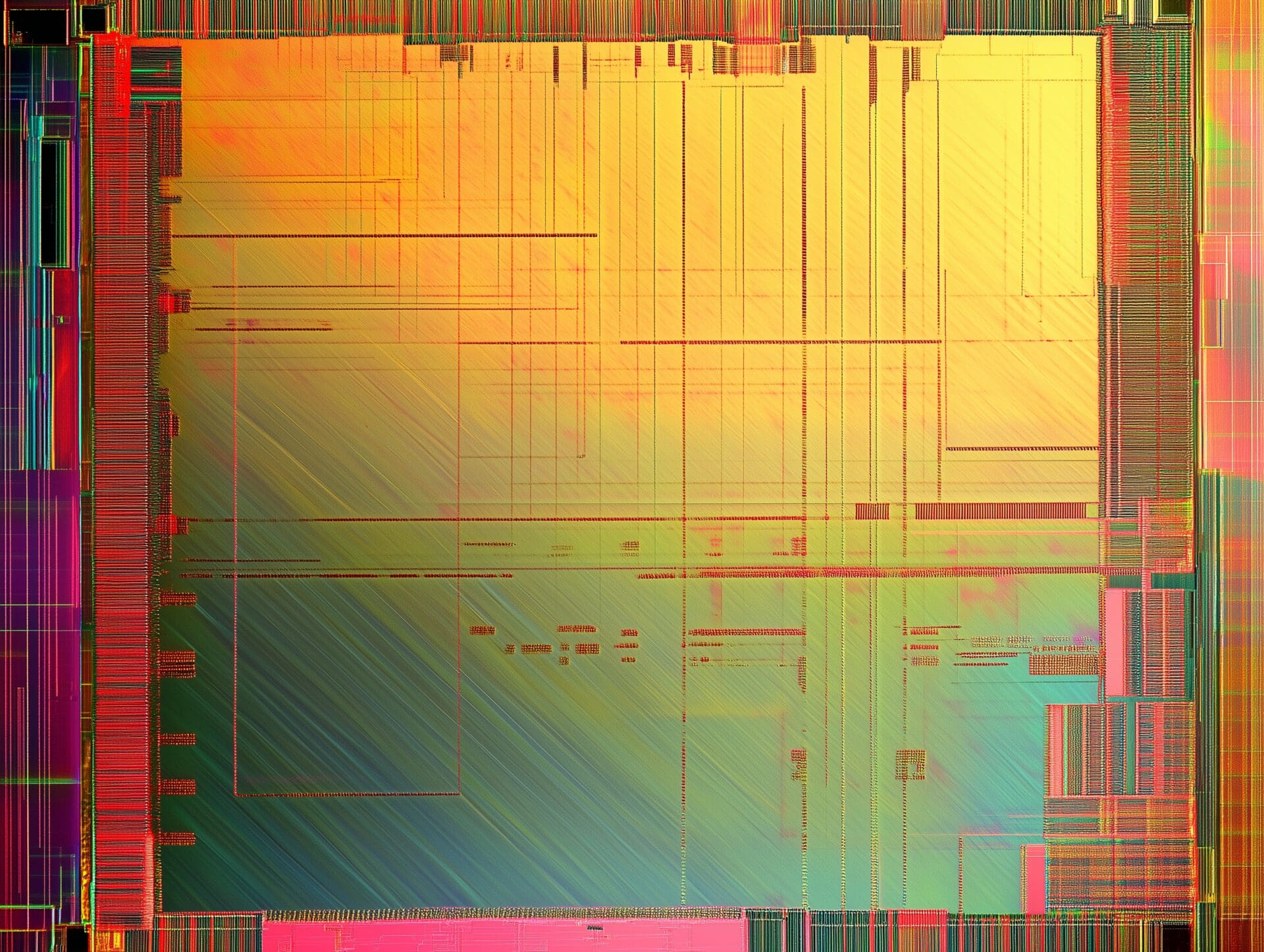
The semiconductor industry produces many kinds of distinct processors, but RISC-V startup Ubitium says it’s working on a single architecture that can rule them all.
Emerging from stealth sometime this year, Ubitium has gone public to announce the development of its Universal Processor, which is based on a “workload-agnostic microarchitecture.”
“Our Universal Processor does it all – CPU, GPU, DSP, FPGA – in one chip, one architecture. This isn’t an incremental improvement. It is a paradigm shift. This is the processor architecture the AI era demands,” Ubitium CEO Hyun Shin Cho says.
The Universal Processor is based on the RISC-V architecture, traditionally used for CPUs. However, Ubitium’s upcoming chip isn’t something like AMD’s MI300A or Nvidia’s Grace-Hopper Superchip, which combine distinct CPU and GPU chips into one package. Instead, Ubititum claims all of the transistors in its Universal Processor can be reused for everything; no “specialized cores” like those in CPUs and GPUs are required.
In concept, Ubitium’s RISC-V processor sounds like an FPGA, which can be reprogrammed to change its functionality, sometimes also known as hardware emulation. But while FPGAs tend to come short of chips designed for specific uses in areas like performance, efficiency, and value, Ubititum says the Universal Processor will be “smaller, more energy-efficient, and significantly less costly.”
The developers behind Ubitium’s Universal Processor are a handful of semiconductor veterans who worked at companies like Intel, Nvidia, and Texas Instruments, as well as smaller chip firms such as PACT XPP Technologies. Incidentally, PACT, which focuses on FPGAs and parallel computing, has been involved in a few patent lawsuits against Intel (twice in fact) and Xilinx (now part of AMD).
Although the Ubitium team has a decent amount of talent and experience, they don’t have a ton of funding yet. So far the company has raised $3.7 million, which Ubititum says will be used to develop prototypes and create development kits, ahead of the Universal Processor’s launch date sometime in 2026.
While $3.7 million isn’t nothing, it’s almost certainly not enough to get Ubitium’s “breakthrough” chip off the ground. It usually costs a few hundred million dollars to get a chip to the tape-out phase, when the first samples are fabbed. With $3.7 million, Ubitium can use hardware description languages like Verilog to design its architecture, and potentially emulate it using an FPGA to test it further. But at some point, Ubitium will undoubtedly require greater financial backing to launch its Universal Processor.
Even if Ubitium had much more funding, being able to launch in 2026 is still a very tall order. Traditional microarchitectures made by industry titans such as AMD, Intel, or Apple can take years to develop; launching an architecture that’s supposed to “revolutionize” the industry in just two years would be challenging, to say the least.
Ubitium isn’t just working on a single chip, either, and envisions having a “complete portfolio of chips that vary in array size but share the same microarchitecture and software stack.” These chips would cover everything from “small embedded devices” (similar to AMD’s Ryzen embedded CPUs) to “high-performance computing systems,” which would compete with the fastest and biggest processors in the industry.
This isn’t the first chip startup in 2024 to make claims about transforming the semiconductor industry with just a few million dollars in the bank. Earlier this year, Flow Computing announced it was working on a Parallel Processing Unit, or PPU, that could increase CPU performance by a hundredfold after rewriting software. Flow’s PPU however sounds a lot like a GPU, much like how Ubitium’s Universal Processor sounds like an FPGA.
Read full post on Tom’s Hardware
Discover more from Technical Master - Gadgets Reviews, Guides and Gaming News
Subscribe to get the latest posts sent to your email.








